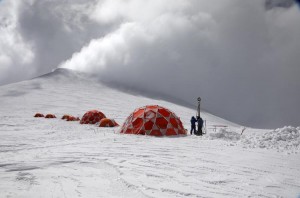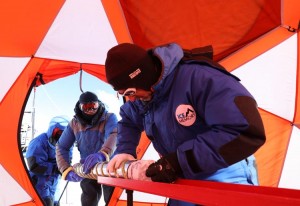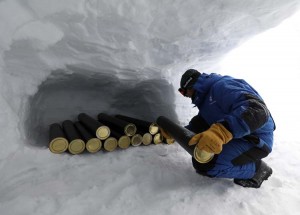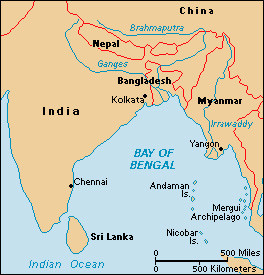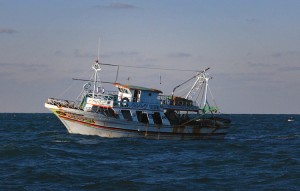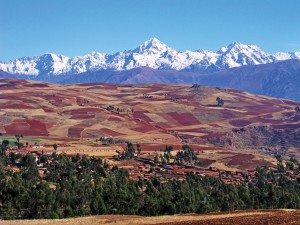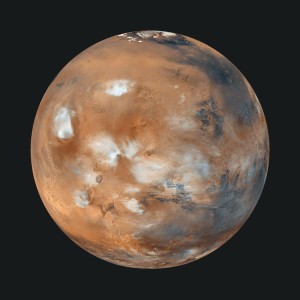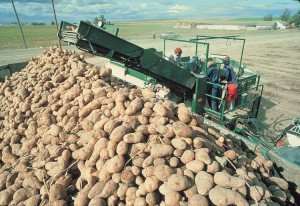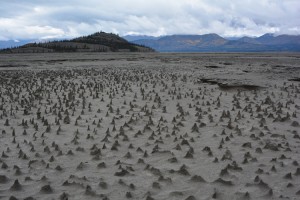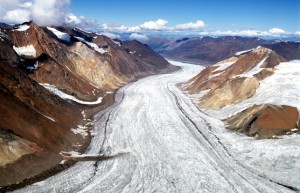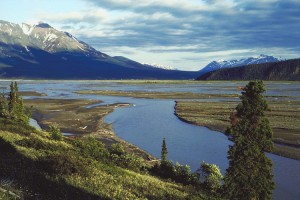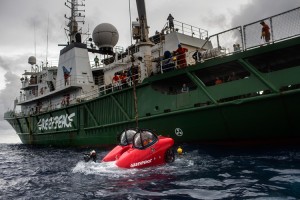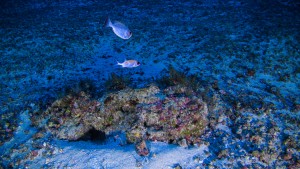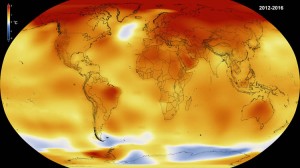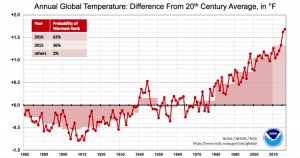Mythic Monday: The Alluring Nymphs
Monday, August 14th, 2017August 14, 2017
Nymphs, in ancient Greek and Roman mythology, were minor goddesses or semidivine beings represented as lovely maidens. The word nymph comes from Greek and Latin words describing a young girl of marriageable age, or a young bride. In ancient stories, the nymphs inhabited and guarded the different realms of nature. For example, oreads watched over hills and mountains. Dryads and hamadryads took care of trees and forests. Nereids (daughters of the sea god Nereus) kept watch over the Mediterranean Sea, and the Oceanids (daughters of the Titan Oceanus) protected the oceans. Naiads were nymphs of brooks, rivers, and streams. Some nymphs were associated with a particular hill, tree, or other natural feature, to which their lives were linked. Nymphs lived for a long time but usually were not considered immortal.

Statues of dancing nymphs grace a fountain in the gardens of the Royal Palace of Caserta in southern Italy. Credit: © Antonio Gravante, Shutterstock
Nymphs often figured in stories about love, as the pursuer or the pursued. Some nymphs or groups of nymphs shied away from amorous affairs, but others were passionate—and sometimes vengeful—lovers. They became involved with both gods and humans. Nymphs often were represented as associating with satyrs and fauns, mischievous, playful, goatlike gods of the countryside and forest.
Metamorphoses, a collection of stories in verse by the ancient Roman poet Ovid, includes multiple tales of relentless lovers pursuing nymphs who transform to escape. The work’s title—Metapmorphoses—means transformations. In one story, the god Eros shot the god Apollo with an arrow that made him fall in love with the nymph Daphne. Eros shot Apollo in revenge for insulting his skill as an archer. He also shot Daphne with an arrow that made her flee Apollo. Daphne, pursued by Apollo, prayed for escape and was transformed into a laurel tree. Apollo made the laurel his sacred tree and wore a crown of laurel leaves on his head in her honor. In another tale, the god Pan tried to start an affair with the nymph Syrinx, but she ran away from him in terror and begged the gods to help her. The gods changed Syrinx into a bed of reeds, from which Pan made a musical instrument called a panpipe. He became famous for the beautiful music he played on the panpipe.
In some ancient tales, nymphs pursued young men and would not take “no” for an answer. Some nymphs were downright dangerous. In the story of the Argonauts, a group of heroes on a quest for the golden wool of a flying ram, the ship Argo stopped at a place called Mysia. There, the handsome young hero Hylas left the ship to find fresh water. Nymphs attracted by his beauty lured Hylas away and abducted him. In another story, a young Sicilian herdsman named Daphnis pledged his loyalty to a nymph. But a princess tricked Daphnis into becoming her own lover instead. The betrayed nymph then blinded or killed Daphnis in revenge. The Odyssey, a work by the Greek poet Homer, tells of the Sirens, sea nymphs whose sweet singing lured sailors to destruction on rocky shores. The hero Odysseus (Ulysses in Latin) put wax in his sailors’ ears so they could not hear the Sirens. Then Odysseus was tied to the mast so he could listen to the Sirens safely. The Argonauts also encountered the Sirens. They escaped because the hero Orpheus’s beautiful singing countered the Sirens’ song and saved his comrades. These and many other ancient stories describe the often perilous attraction of the nymphs.


